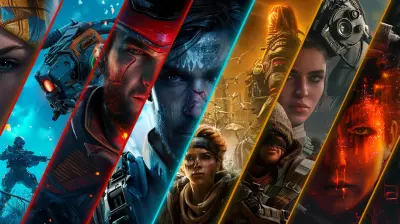The Role of Movement in Competitive Shooter Games
20 October 2025
Movement in competitive shooter games—whether it’s strafing around a corner, bunny hopping away from danger, or slide-canceling into a clutch play—can make or break your entire game. It’s honestly one of the most underestimated skills in FPS (First-Person Shooter) and TPS (Third-Person Shooter) titles. Sure, aiming is super important. But what good is aim if your opponent just outmaneuvers you? That’s where movement comes in—and it's not just about running fast or jumping high.
In this article, we’re diving deep into the role of movement in competitive shooter games. We’ll unpack why it matters, how different games approach it, and how you can step up your game (literally) by mastering movement mechanics.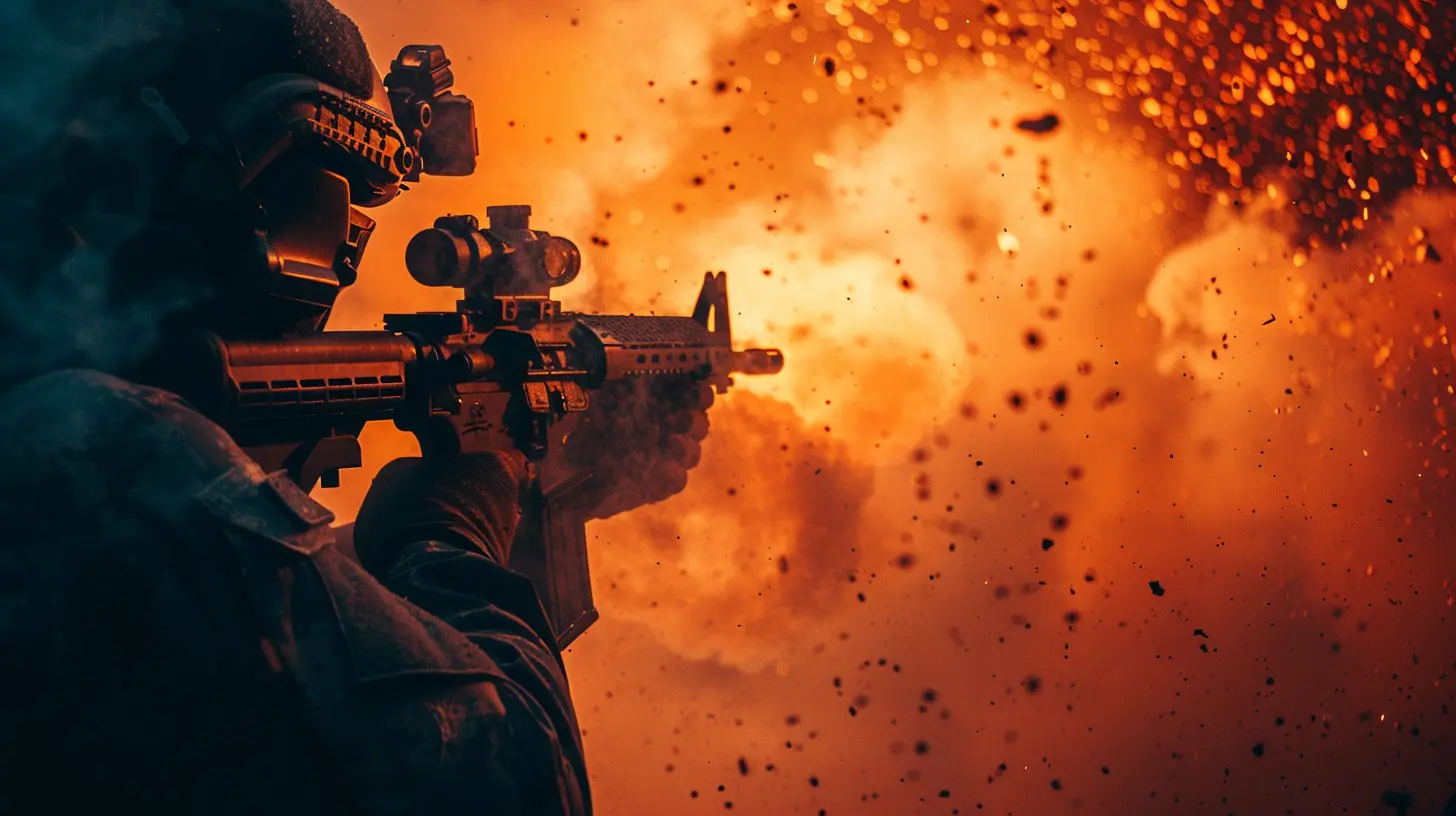
Why Movement Matters More Than You Think
Let me ask you this—have you ever gotten laser-beamed while standing still, trying to line up the perfect headshot? Happens all the time, right? That’s because in competitive shooters, standing still is practically asking for it. Movement keeps you alive, and more than that, it gives you the upper hand in fights.Think of movement like footwork in boxing. You could have the cleanest punch in the world, but if you don’t move your feet, you’re going down hard. Similarly, movement in shooters is your defensive and offensive toolkit rolled into one. It’s your way to dodge bullets, gain positioning, and mess with your opponent’s aim.
Positioning Is Half the Battle
You can’t shoot what you can’t see—or reach. Competitive games reward players who know how to get into strong positions. Whether it's holding a tight angle, taking the high ground, or flanking unseen, how you move determines where you end up. And where you are on the map often decides who wins the fight.Movement as a Mind Game
Ever heard of "movement baiting"? That’s when you deliberately make noise or take a weird route to throw off enemies. Tricking opponents into thinking you're somewhere you're not is a classic strategy in games like CS:GO, Valorant, and Rainbow Six Siege. It's like playing chess, but with guns.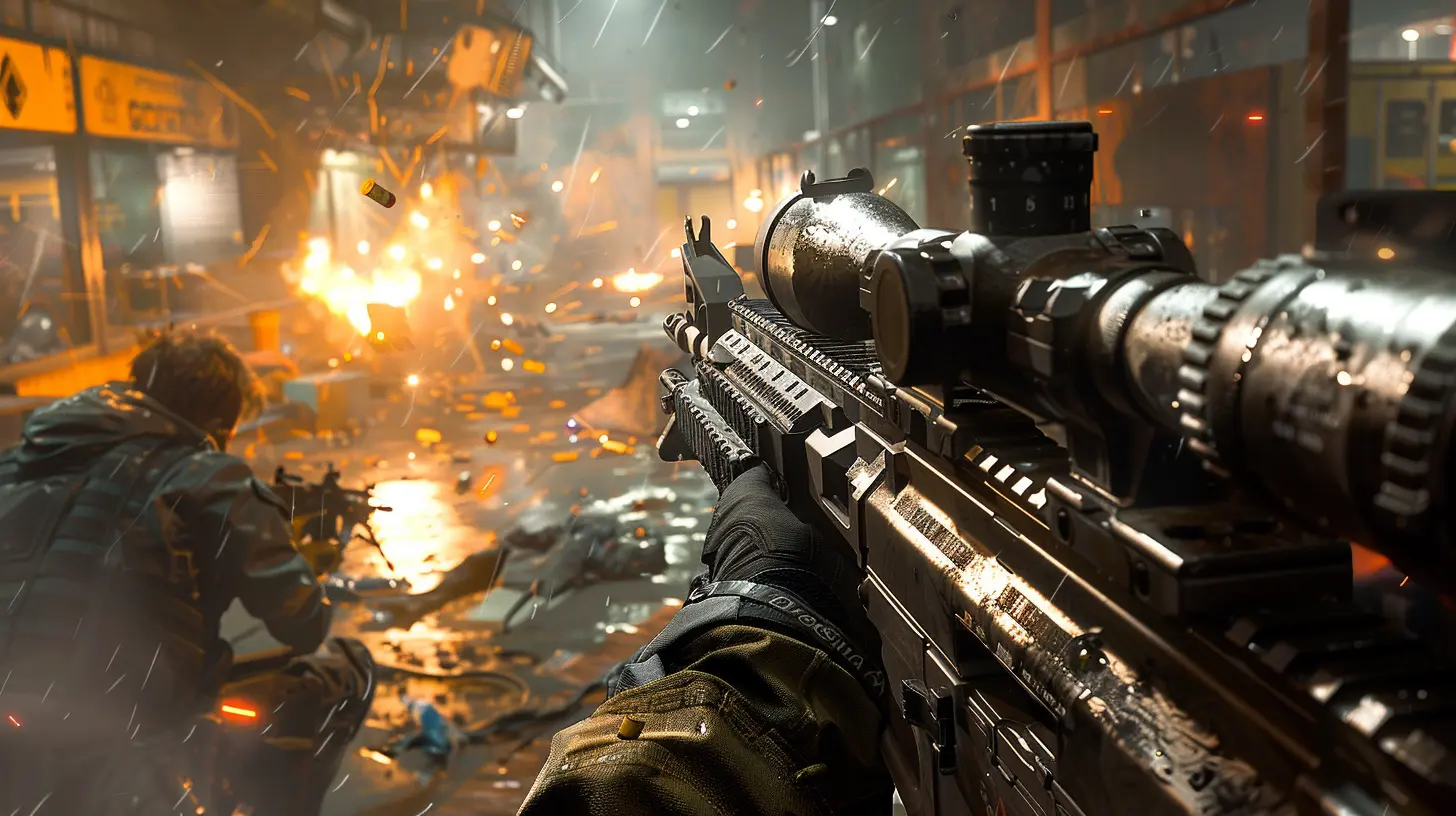
Different Games, Different Movement Styles
Not all shooter games handle movement the same way. Some go for realism, while others lean hard into arcade mechanics. Understanding the movement system of the game you’re playing is key if you want to compete at a high level.CS:GO and Valorant – The Kingpins of Tactical Movement
In CS:GO and Valorant, movement is subtle and precise. Running while shooting? Nope. You’ll be lucky to hit anything past 10 feet. These games reward players who know how to stop quickly, peek cleanly, and control their pace. You'll often hear about "counter-strafing" or "jiggle peeking"—these aren't just buzzwords. They’re advanced techniques that require serious muscle memory and timing.The stakes are high in these games. One wrong step, and you could be seen—or worse, heard. Sound cues matter a ton. Sprint too loudly, and you give away your position. Movement here is a delicate dance.
Apex Legends and Warzone – Fast-Paced, High-Mobility Madness
Now let’s flip the script. Games like Apex Legends and Call of Duty: Warzone throw realism out the window and let you fly—sometimes literally. You’ve got slide jumps, wall climbs, zip lines, parachutes. In these games, movement is king—and speed kills.Imagine trying to shoot a Wraith who’s bunny hopping and slide-canceling around the map like a caffeinated ninja. Good luck. The pace is so fast that if your movement isn’t sharp, you’re already behind. Here, it’s not just about dodging bullets; it’s about being one step ahead—always.
Fortnite – Building and Movement, Together at Last
Fortnite is a bit of a hybrid. Movement matters, but building mechanics take it to a whole new level. You’re not just dodging; you’re constructing your own cover, elevating yourself, or boxing enemies in. Your ability to move fluidly while building is what separates the casuals from the cracked players.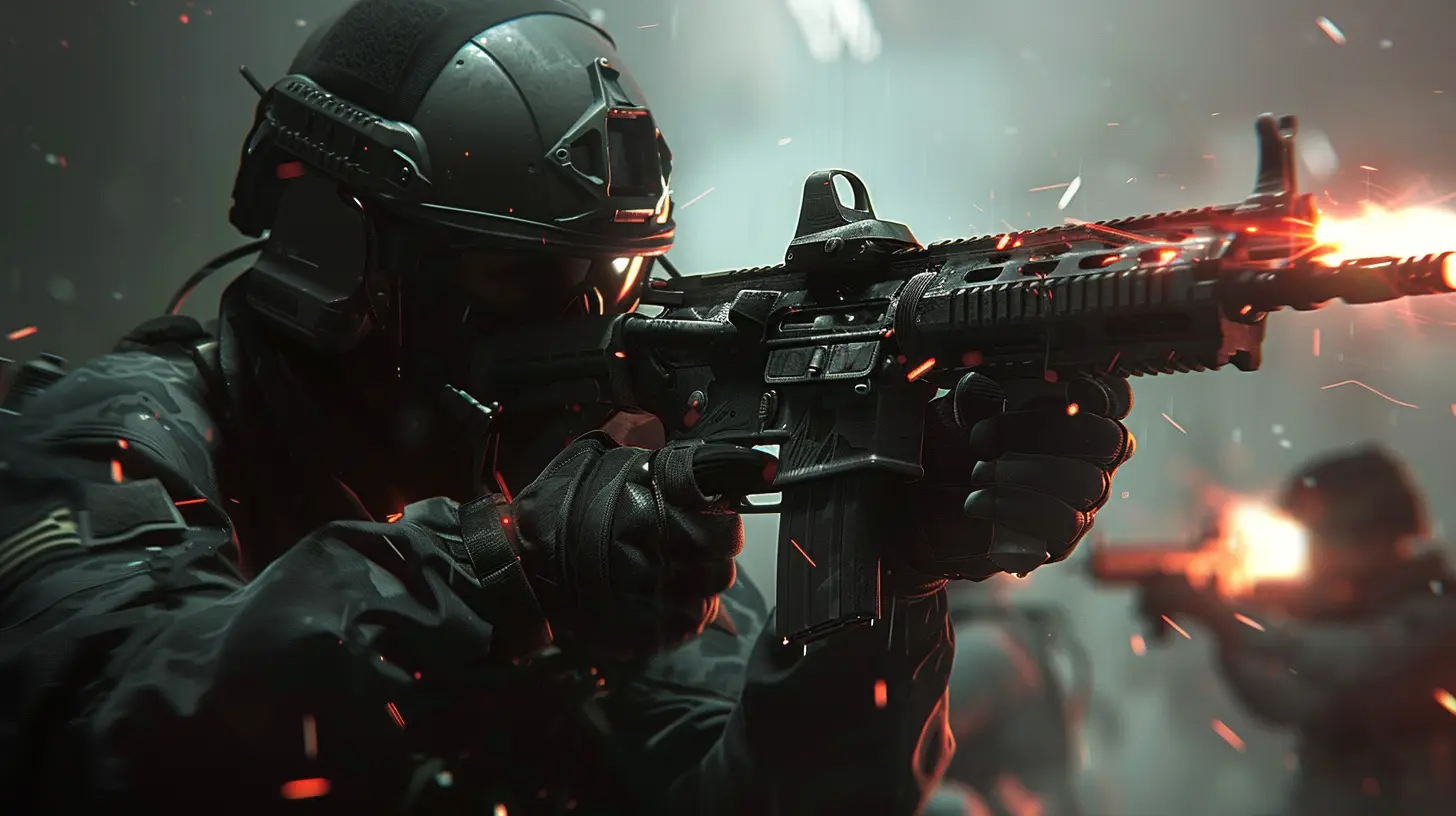
Key Aspects of In-Game Movement
Let’s break down what makes good movement in competitive shooters. Whether you’re grinding ranked or just trying to win that next 1v1, these are the basics that apply across most titles.Strafing
Strafing is side-to-side movement used in fights to throw off an enemy’s aim. It’s simple but powerful. Add in counter-strafing (quickly stopping to shoot) and you’re on your way to looking like a pro.Jumping & Crouching
Crouch-spamming in a gunfight might sound silly, but it works. Jumping over bullets or crouch-dodging mid-fight can save your life. The trick is to not be too predictable.Peeking
Peeking corners is both art and science. You want to expose the least amount of your body while still getting the shot off. Whether it’s shoulder-peeking to bait a shot or swing-peeking to surprise, this skill takes time to master.Slide Mechanics
Sliding isn’t just for show. In games like Apex and Warzone, it makes you harder to hit and lets you move quickly downhill or out of danger. Combine a slide with a jump, and now you’re cooking with gas.Verticality
Don’t forget the Z-axis. Using stairs, ziplines, jump pads, and roofs can change the entire flow of a fight. Players who think vertically often outplay those stuck hugging the ground.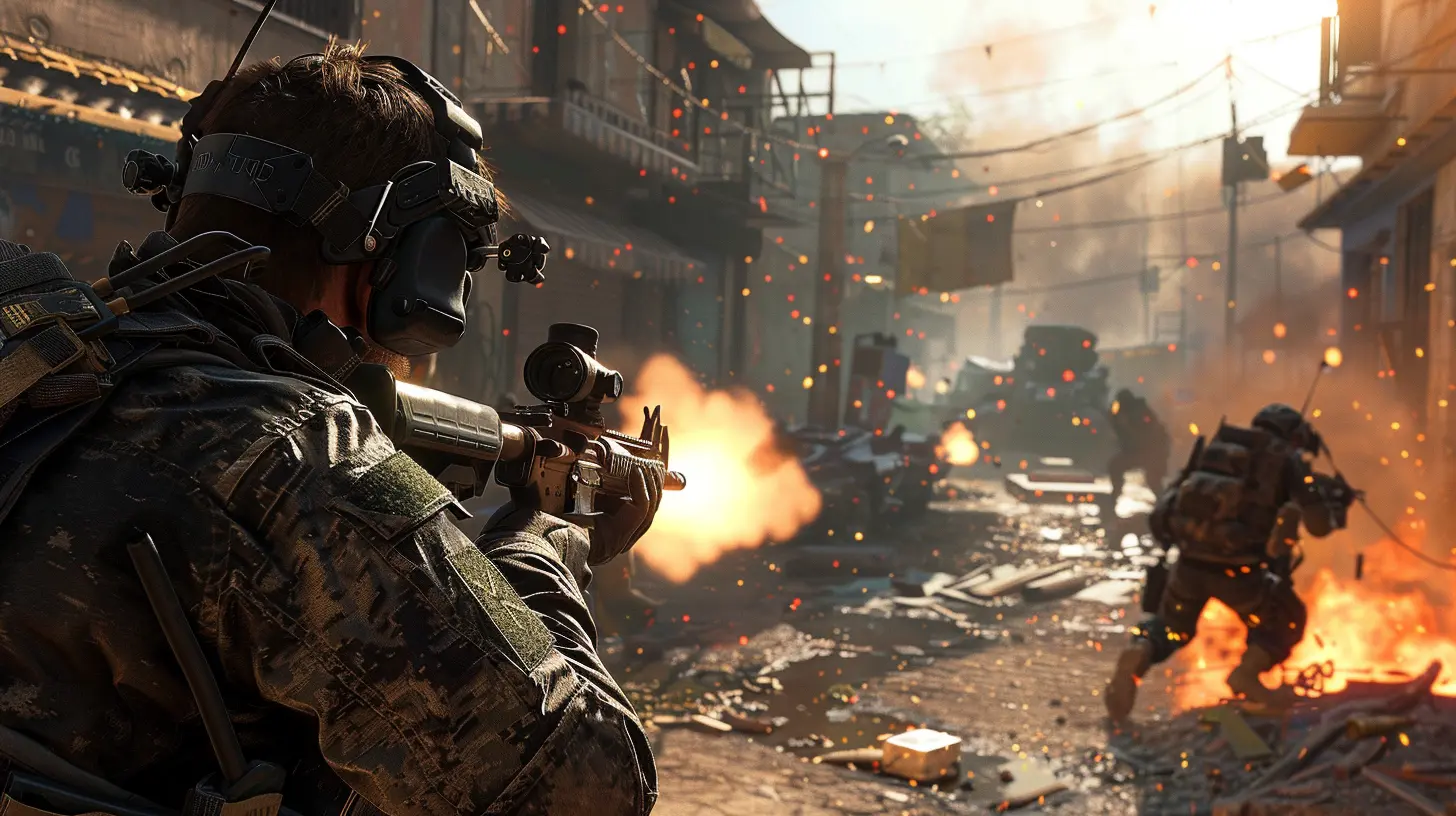
Advanced Movement Techniques
Once you’ve nailed the basics, it’s time to get fancy. These techniques separate the top-tier players from the mid-lobby mashers.Bunny Hopping
A classic. Bunny hopping keeps momentum going and makes you harder to hit. It takes timing and practice, especially in games like Apex or Titanfall 2.Slide Canceling
If you’ve played Modern Warfare or Warzone, you’ve probably seen slide canceling. It resets your tactical sprint, making you move faster and keep that momentum going. Plus, it looks cool as hell.Wall Running and Climbing
More niche, but games like Titanfall and even Fortnite in certain modes bring wall running and climbing into the mix. Vertical movement like this can really mess with enemy expectations.Movement and Aim – A True Partnership
You can’t talk about movement without covering how it affects aim. Here's the truth: the best players marry movement and aim together seamlessly. They know when to stop moving for precision and when to strafe to stay alive.Ever tried aiming while mid-slide or mid-air? Not easy. That’s why good movement also includes knowing when to shoot. In tactical shooters, you often have to completely stop to land accurate shots. In fast-paced games, you might aim while flying through the sky. Either way, it’s all about balance.
Movement Practice – How to Get Better
Okay, so how do you actually improve your movement? Practice, obviously—but smart practice makes all the difference.Use Aim Trainers (That Include Movement)
Plenty of aim trainers like Kovaak’s or Aim Lab let you practice tracking and flicking with movement. Pick scenarios that force you to move and shoot.Watch the Pros
Seriously, just study pro players. Watch their peeks, their rotations, how they escape danger. Even better, slow down their gameplay and see how intentional their movement is.Custom Games and Mods
Use custom lobbies or modded maps to drill specific movement skills. Bunny hop maps, surfing maps, aim + strafe maps—all of these help reinforce muscle memory.Play With Purpose
Next time you log in, focus purely on movement. Not how many kills you get. Just movement. Notice how you're rotating, how you're peeking, how many times you're caught standing still. You’ll be surprised how much cleaner your game starts to feel.Final Thoughts – Movement Makes the Player
At the end of the day, flashy aim clips might get the likes on TikTok, but movement wins games. It’s what keeps you alive, helps you reposition, tricks your enemies, and controls the tempo of every encounter.And the best part? Movement is learnable. You don’t need freak reflexes or a $300 mouse. You need awareness, practice, and a willingness to die a few times while learning. It’s a journey—but once you commit to mastering movement, everything else starts falling into place.
So the next time you boot up your favorite shooter, don’t just think about your crosshair. Think about your feet. Because the way you move? That’s what tells your opponent exactly what kind of player you are.
Be the one who moves smarter, not just faster. That’s the real flex.
all images in this post were generated using AI tools
Category:
Shooter GamesAuthor:

Aurora Sharpe
Discussion
rate this article
1 comments
Duke Pope
Movement is crucial in competitive shooter games, influencing player positioning, evasion tactics, and overall strategy. Mastery of movement mechanics can significantly enhance gameplay, allowing players to outmaneuver opponents and secure advantageous situations in fast-paced environments.
October 22, 2025 at 3:09 PM

Aurora Sharpe
Absolutely! Mastering movement mechanics is key to gaining a competitive edge, enabling players to outmaneuver foes and adapt strategies dynamically in fast-paced gameplay.
